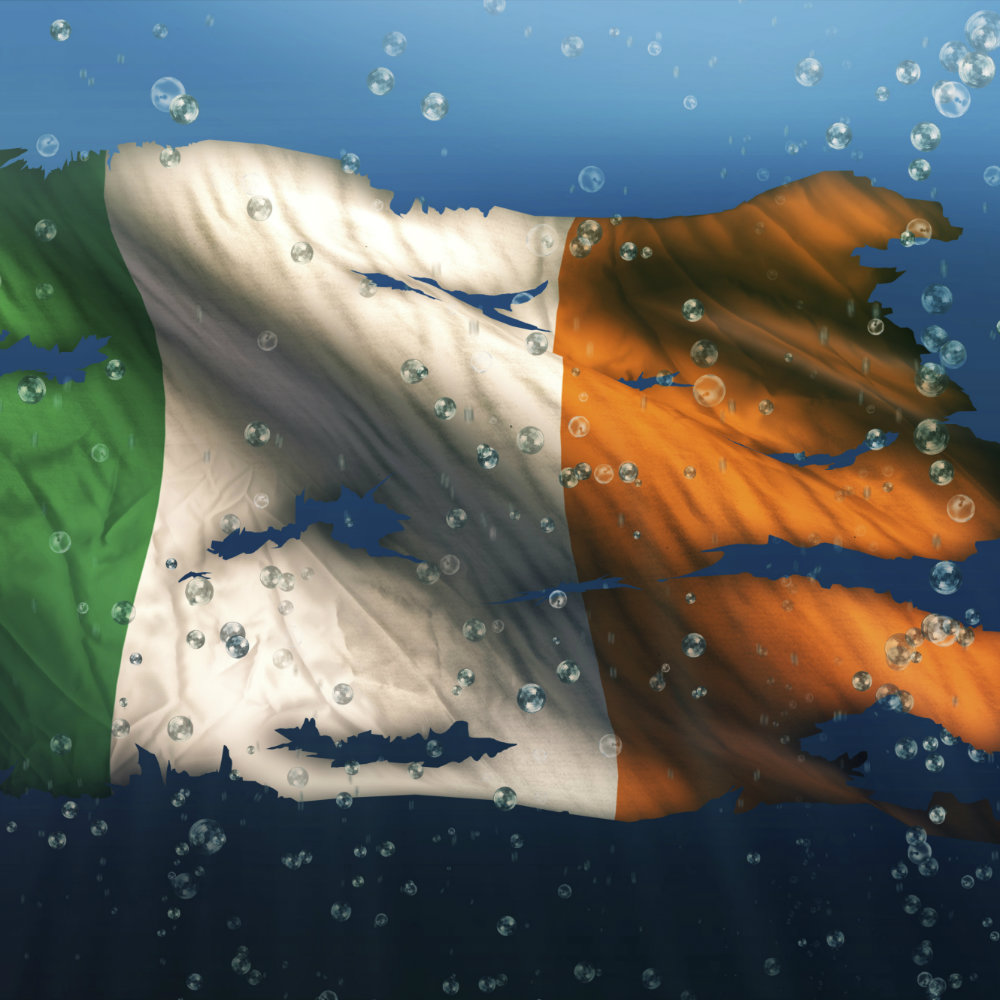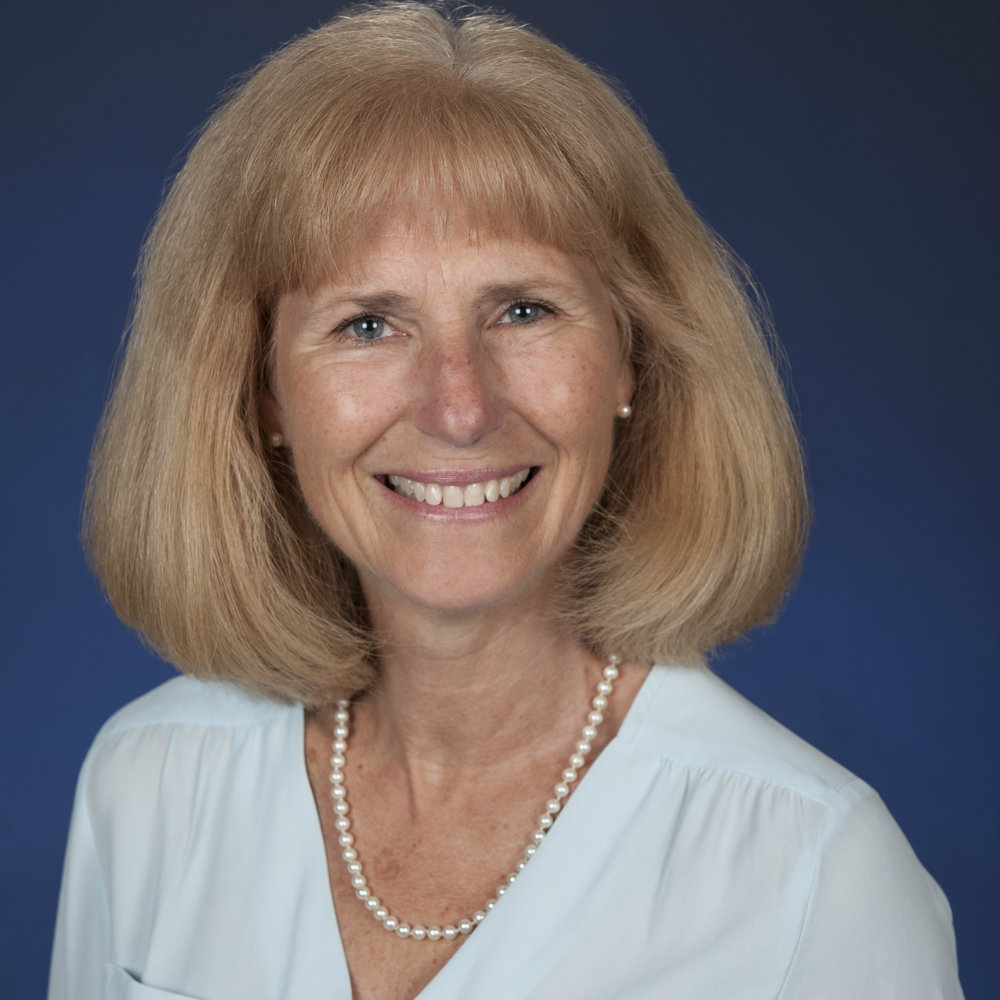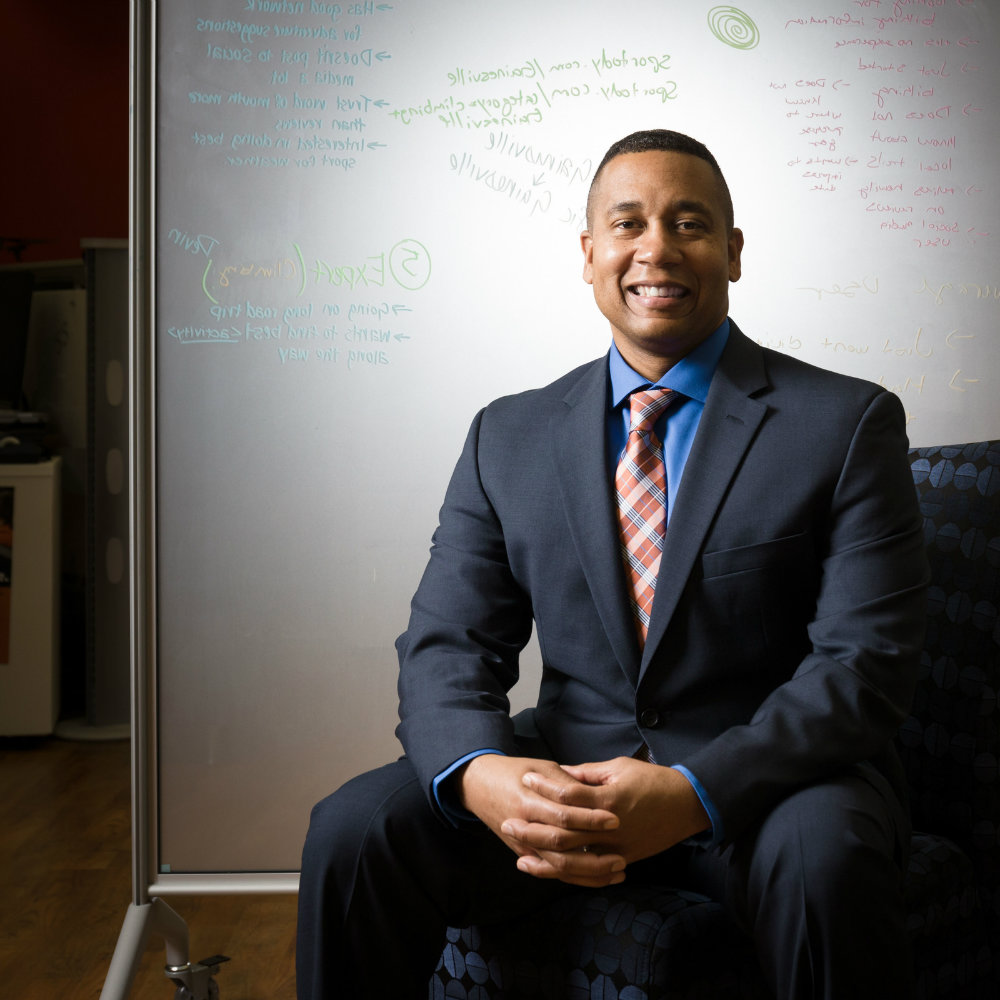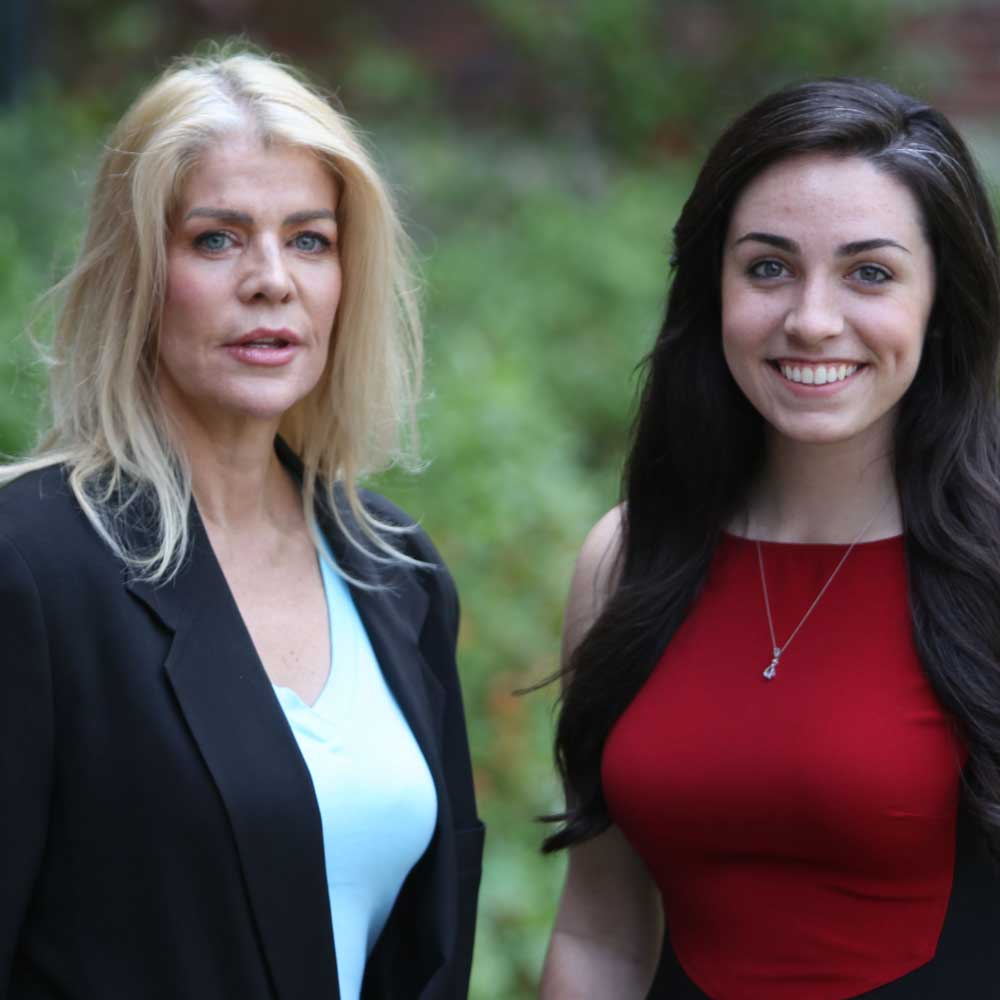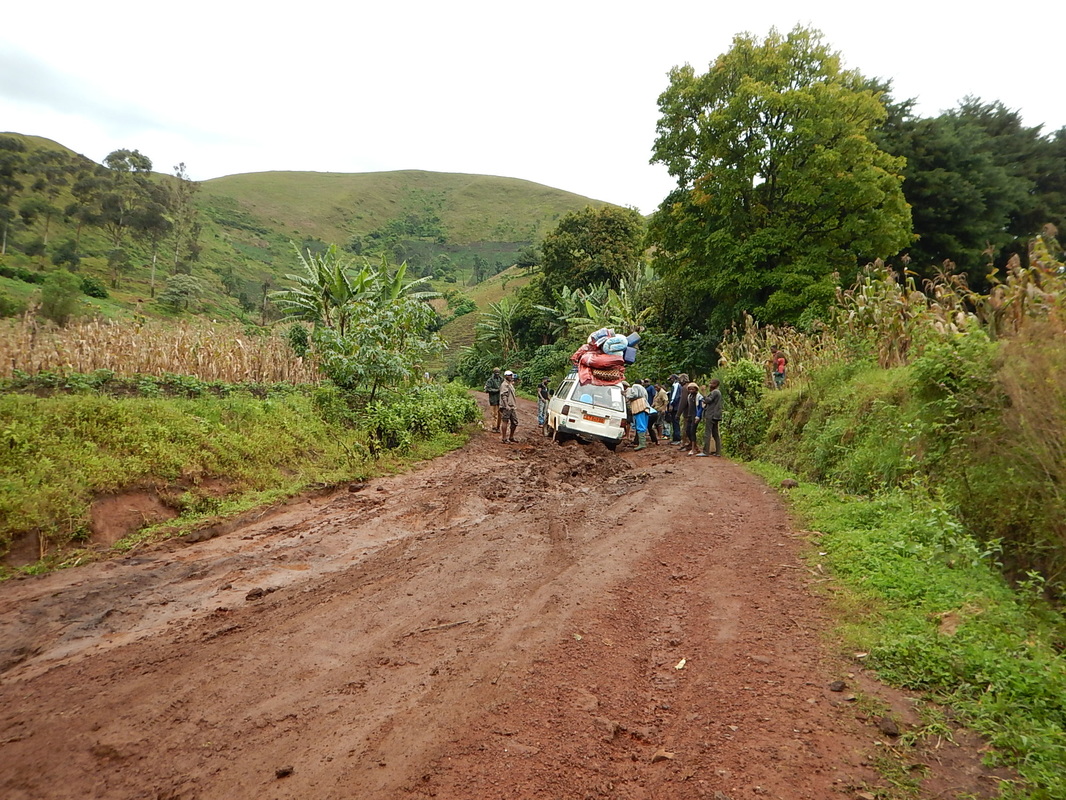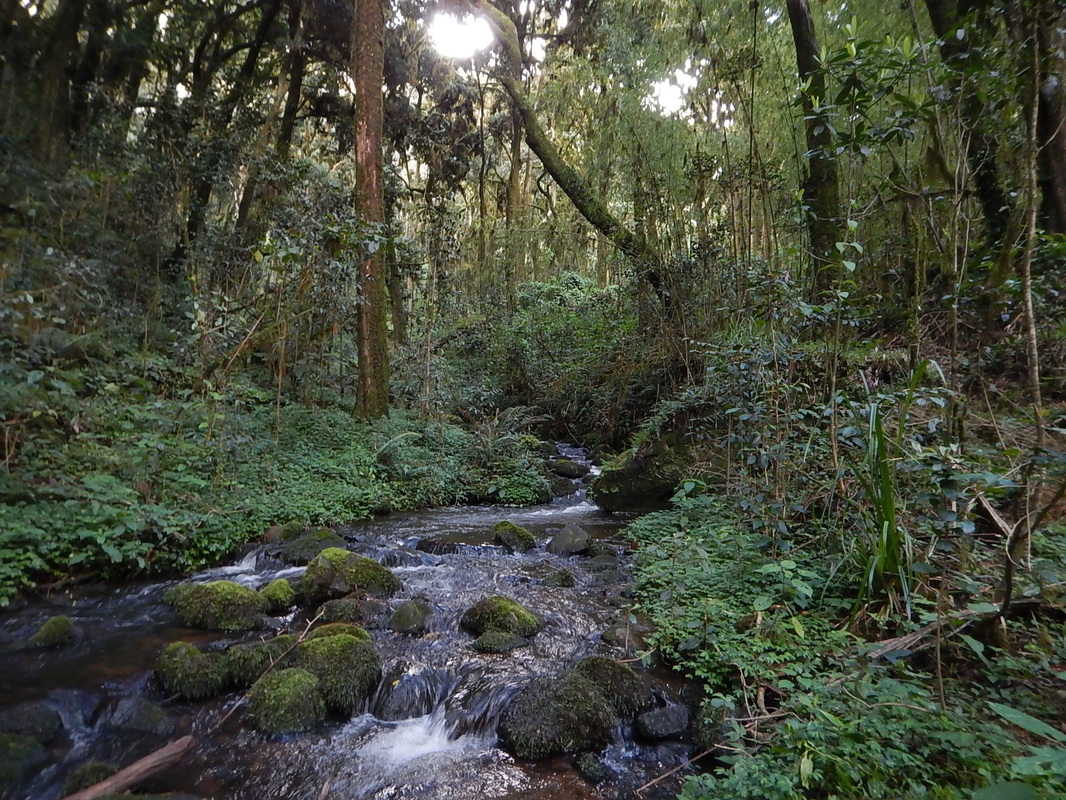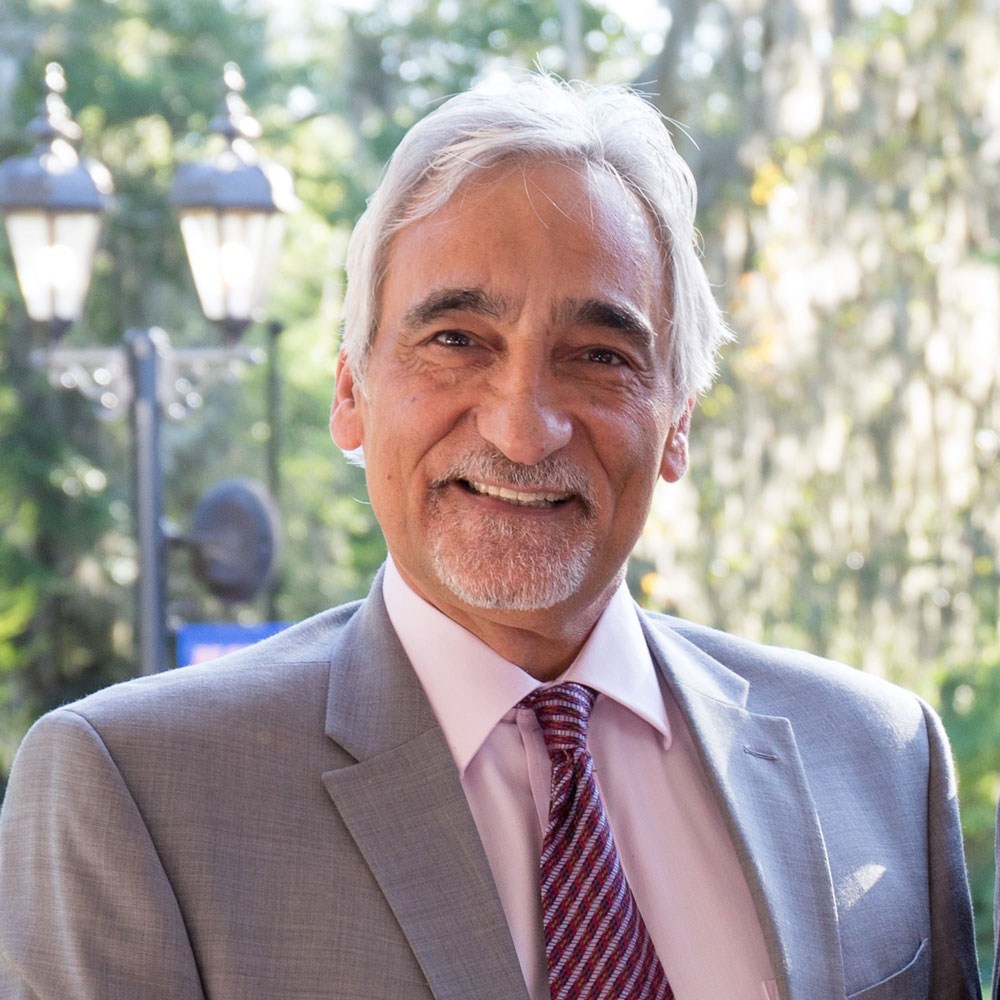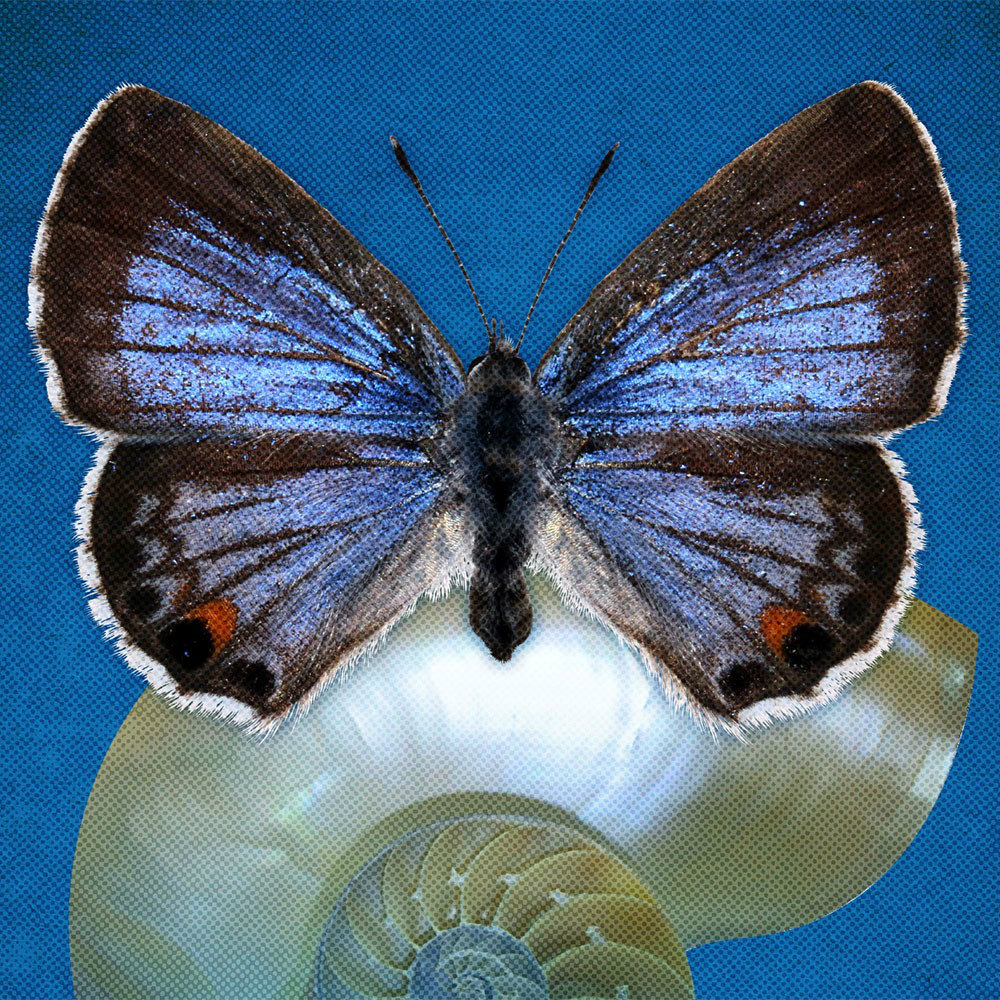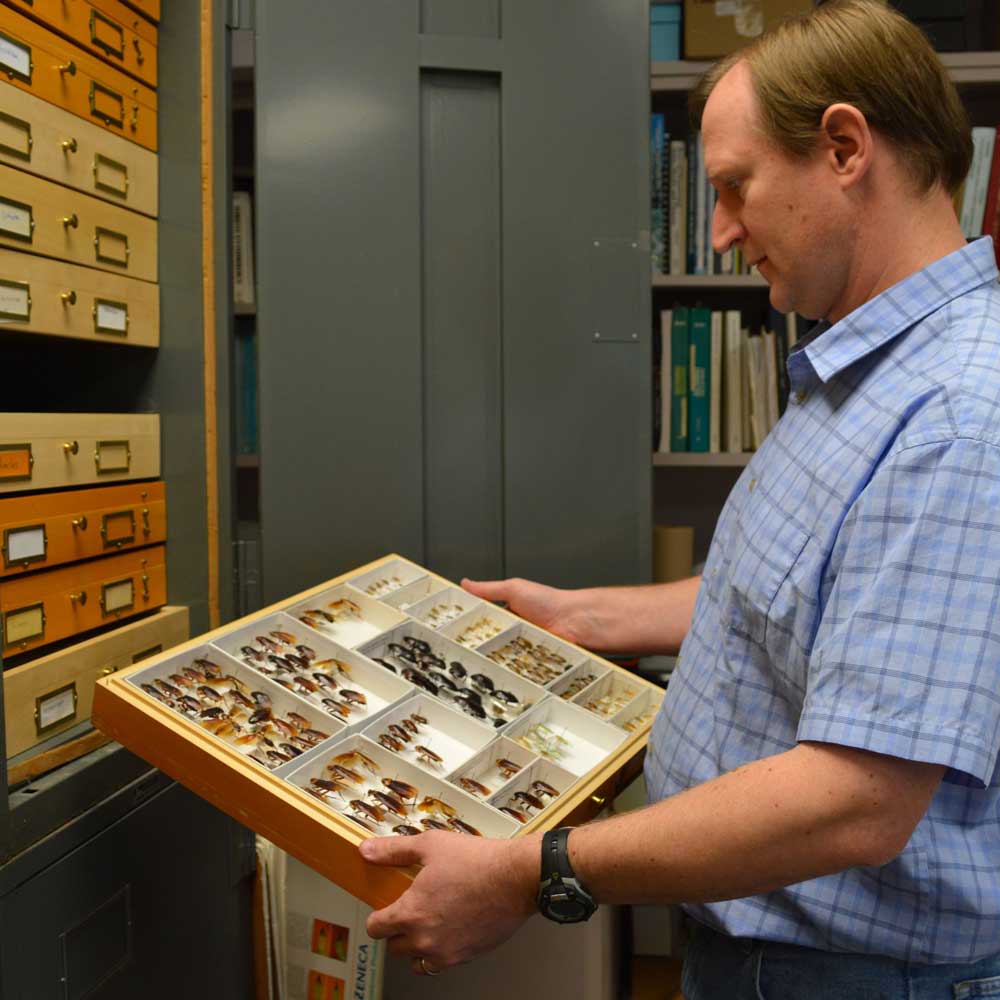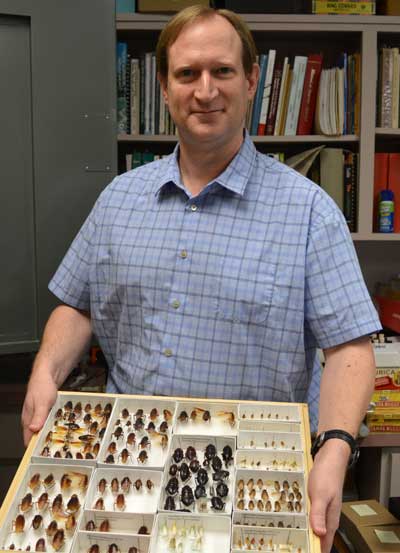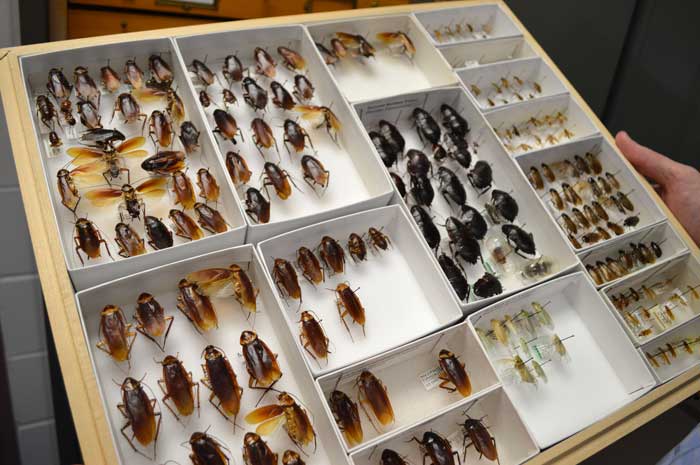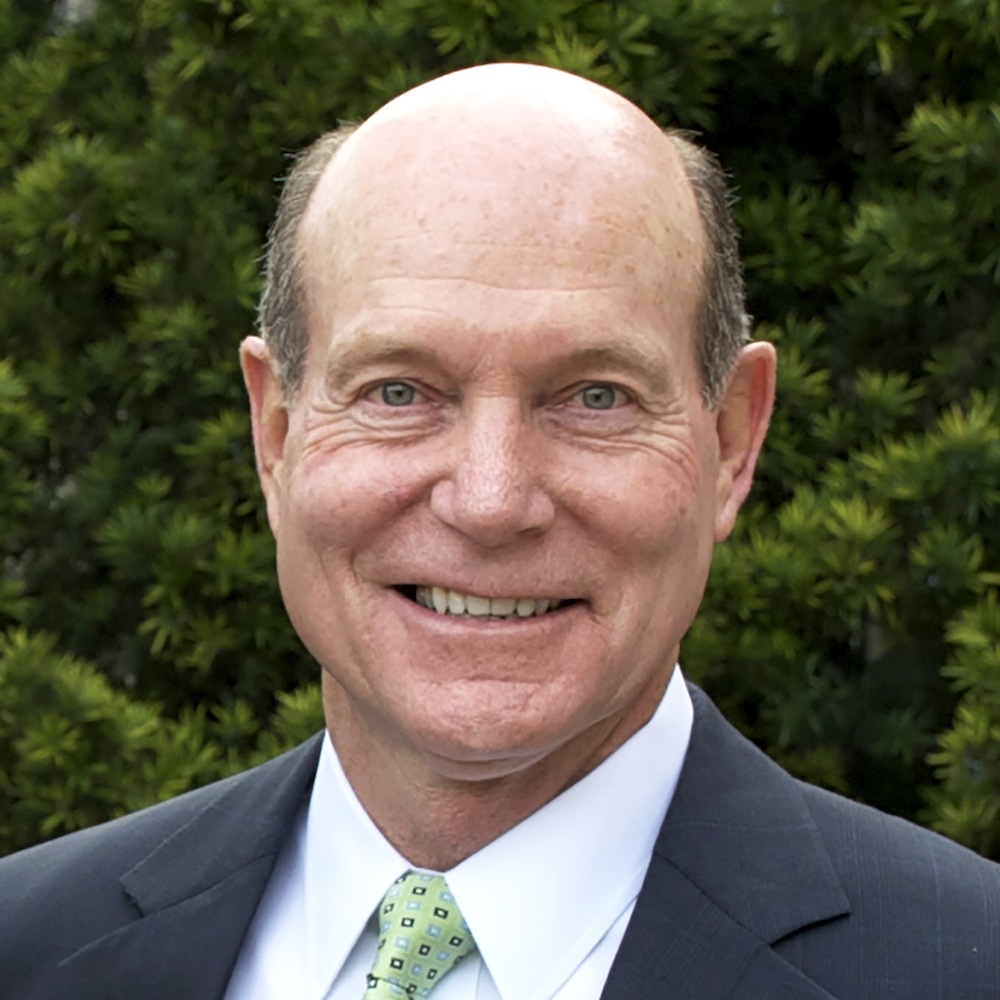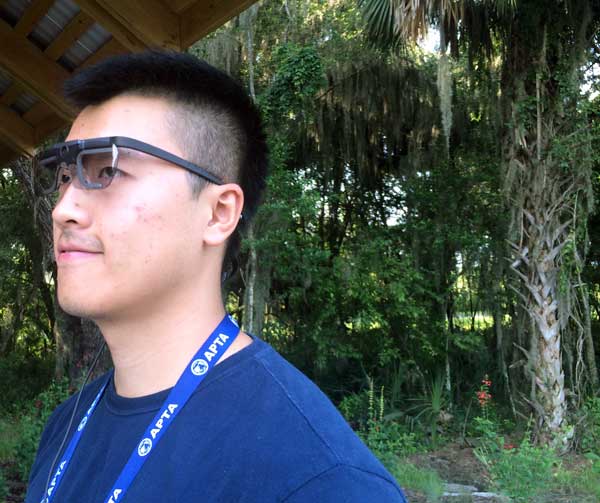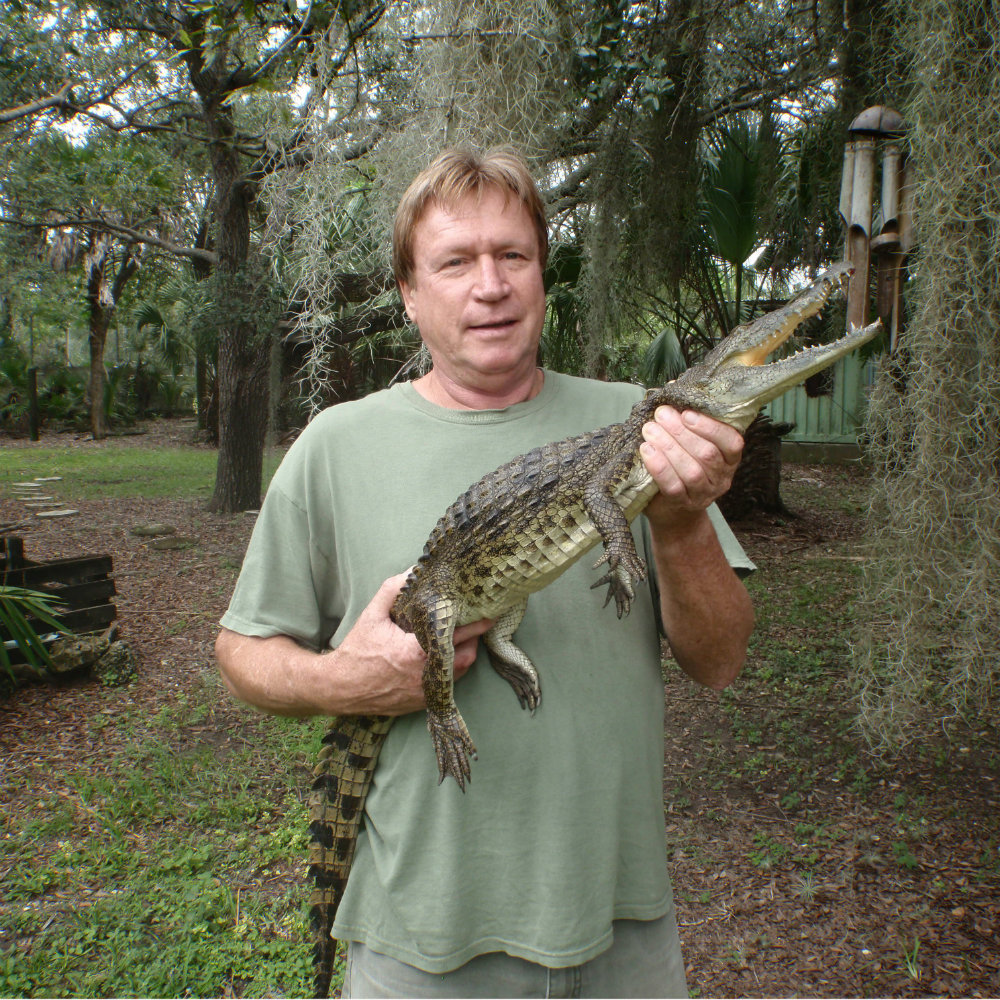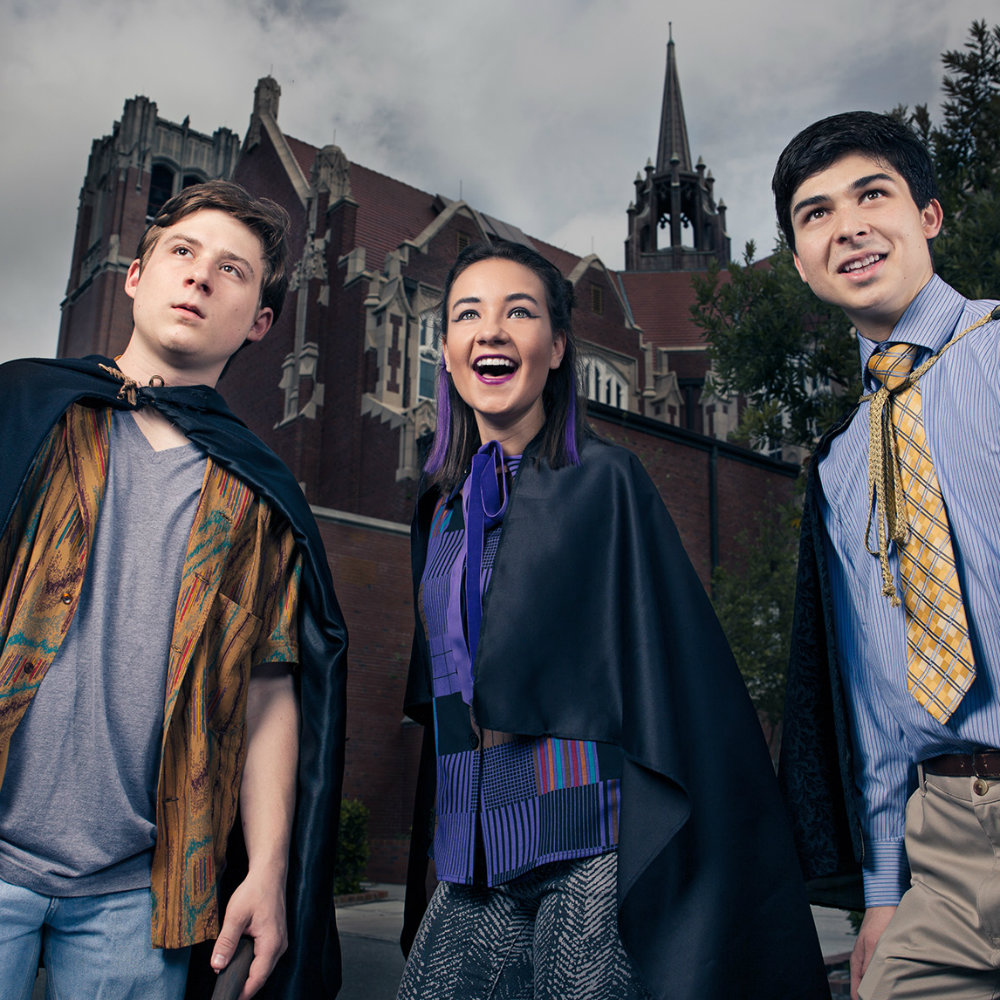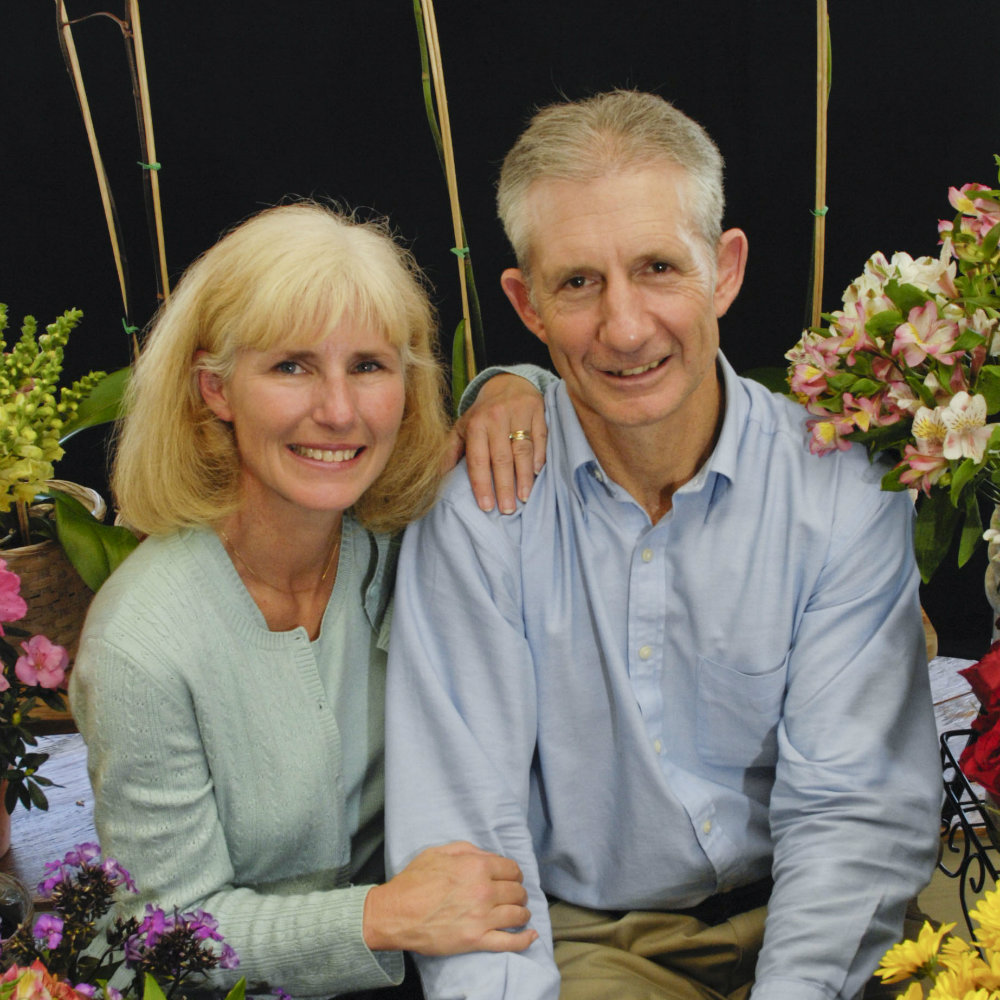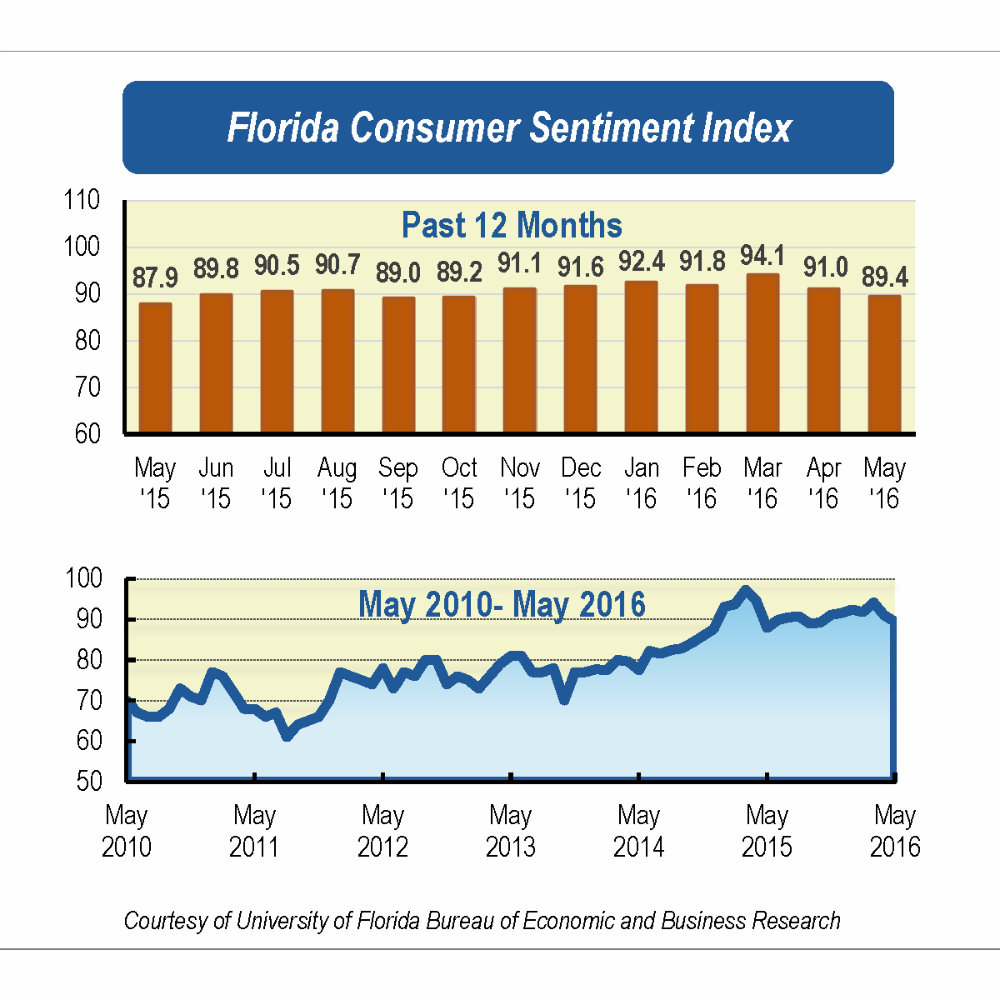History professor Jessica Harland-Jacobs comments for The Conversation on how the role of Irish soldiers in World War I had been all but forgotten – until now.
This week marks the centennial of the Easter Rising – the armed insurrection that would trigger nationalist Ireland’s final battle for independence from Great Britain.
The first of July will mark another centennial, that of the Battle of the Somme, one of the bloodiest battles in human history, in which over 3,500 Irish soldiers were killed.
For 100 years, the Rising has occupied center stage in the historical memory making of republican Ireland and the global Irish diaspora. But the role of Irish soldiers in World War I had been all but forgotten – until now.
As a historian of Ireland and the British Empire, I seek to understand not only these events themselves, but also the discrepancies in the ways they have been studied and remembered.
Why has it taken so long to see their interconnections?
The Rising that shook the empire
On April 24, 1916, a band of radical republicans forcibly seized and held key positions in Dublin.
Frustrated by the failure of Britain to implement Home Rule – a form of devolved self-government, not unlike what Scottish “Yes” voters sought in 2014 – as well as by the Irish majority’s seeming contentment to remain within the United Kingdom, the rebels sought to awaken the Irish nation and wrest the country from Britain’s imperial grasp.
It was an opportune moment, the rebels reasoned. Britain was otherwise engaged – in fighting World War I, or what would become known as the “Great War” because it was quickly becoming the biggest and most horrendous war the world had ever seen.
The rebellion, at least in the immediate term, was a failure.
Inadequately armed with outdated weapons and vastly outnumbered, the rebels were no match for the British Goliath. They held out against the British counterassault for only six days. The leaders were quickly executed. Approximately, 1,800 Irish men and women were detained in prison camps in Britain. The Irish public failed to lend the rebels their support.
Nevertheless, the Easter Rising became the catalyst for Ireland’s final, successful struggle to extract itself from the union and the empire.
Due in large part to Britain’s heavy-handed response, the Rising helped spark the Irish War of Independence, which culminated in the partition of the island of Ireland and, ultimately, in the establishment of the Republic in 1948.
Remembering the Rising
For the last century, the Rising has been the subject of countless acts of remembering.
Memorials to those who sacrificed themselves for national independence pepper the cities and counties of Ireland.
Creative artists working in wide-ranging media have found fertile ground in its tragic heroism.
Poets, including those among the rebels themselves, have memorialized its events and protagonists in verse, the most famous of which was penned at the time by W.B. Yeats:
I write it out in a verse
MacDonagh and MacBride
And Connolly and Pearse
Now and in time to be,
Wherever green is worn,
Are changed, changed utterly:
A terrible beauty is born.
This year, extravagant productions combining song, verse, image and dance are celebrating the Irish “Spirit of Freedom“ at home and abroad, performing, for example, at 56 venues across North America.
Rebellion, a new TV miniseries, a three part Irish-American documentary and a feature film, “The Rising,” all portray the Easter Rising on screen.
In terms of official commemoration, the Easter Rising stands as the centerpiece of the Irish Republic’s ongoing “Decade of Centenaries,” an extensive program of public and private commemorations of the landmark events that occurred between 1912 and 1922.
In many ways, the emphasis on the Easter Rising is appropriate. As the nonpartisan Advisory Group on Centenary Commemorations acknowledges, “the State should not be expected to be neutral about its own existence.”
But with so much focus on the dramatic events of the Rebellion, it is easy to lose sight of some of the fundamental complexities of Irish history, in particular the fact that hundreds of thousands of Irish were fighting on behalf of the very empire against which the Easter Rebels took their stand.
Forgetting the war
Historian David Fitzpatrick estimates that there were 58,000 Irish soldiers, officers and reservists already serving in the British Army and Royal Navy when the war broke out in 1914.
A further 148,000 Irish recruits joined up during the war. British Secretary of State for War Lord Kitchener created three “Irish Divisions” – the 36th (Ulster) Division for unionists and the 10th (Irish) and 16th (Irish) Division for nationalists.
Irish soldiers fought, suffered injuries and died in all the theaters of the war, from Gallipoli to Nablus. By the end of the war, unionists and nationalists, Protestants and Catholics, were fighting side by side.
However, for most of the 20th century, Irish participation in the Great War was an unapproachable topic within the Republic of Ireland.
Memorials in Dublin’s Catholic churches were hidden away. The Irish National War Memorial Gardens were established only in 1948. They were the target of Republican bombs and allowed to fall into a dilapidated state.
Even among professional historians – both Irish and British – the subject of the involvement of Irish men and women in the First World War received scant attention, especially when compared to the extensive scholarship concerning the Easter Rising.
As Irish President Michael Higgins recently observed,
For years the First World War has stood as a blank space in memory for many Irish people – an unspoken gap in the official narratives of this state. Thousands of Irish war dead were erased from official history, denied recognition, because they did not fit the nationalist myth and its “canonical” lines of memory.
'Intertwined history' and 'ethical remembering'
This state of affairs is finally starting to change although, of course, exactly what to remember and how to remember it have generated controversy.
This state of affairs has finally started to change. Of course, given that grappling with Irish participation in the war presents “difficult truths”, exactly what to remember and how to remember it have generated controversy.
In 2010, then Taoiseach (Prime Minister) Brian Cowen delivered a speech in which he expressed deep sadness over “the two parts of the island losing touch with each other and with our shared heritage.”
Cowen urged the recovery of shared interests, perspectives, and history – not only between the Republic and Northern Ireland but also, more widely, between the peoples of Ireland and Great Britain.
Queen Elizabeth’s 2011 state visit to Ireland and President Higgins' visit to Britain in 2014 – the first ever by an Irish head of state – were seen as promoting this way of remembering.
The notion of “shared history,” however, generated understandable criticism. It appeared to gloss over centuries of Irish oppression at the hands of the British as well as the extreme enmity and violence between nationalists and unionists for most of the 20th century. The Troubles alone cost 3,489 lives between 1969 and 1998.
What offers more promise are alternative ways of remembering such as “intertwined histories” and “ethical remembering.”
“Intertwined history” maintains the distinctions between unionist and nationalist, North and South, British and Irish but it acknowledges their histories as inextricably linked.
In a 2012 editorial remembering the Ulstermen’s 1912 rebellion in the cause of union with Great Britain, the Irish Times asked: “Can we find with the passage of time, in our growing understanding of the interconnectedness of our stories, in the sense that each plays into the other, transforming it in turn, a means of celebrating our different narratives?”
“Ethical remembering” is President Higgins’ term for how the Irish should be approaching their histories. Higgins, who is not only a politician but also a scholar and a poet, has become a tireless advocate for more sensitive, accurate and inclusive ways of remembering.
At the Abbey Theatre’s Theatre of Memory Symposium, he proposed the occasion of the centenaries as an opportunity “to re-appropriate the repressed parts of our history, to include in our narratives the forgotten voices and lost stories of the past.”
Such a project must involve, he argues, a reliance on the work of professional historians as well as an appreciation for historical complexity and a willingness “to examine more closely the entanglements between the Easter Rising and the Somme and the great dilemmas of those who were involved in these respective events.”
First steps
There is, in fact, already evidence of the Republic’s commitment to these alternative strategies for remembering.
In 1998, the Irish government helped sponsor the building of the Island of Ireland Peace Park in Messines, Belgium to commemorate the soldiers of Ireland who died, were injured, or went missing during the Great War.
In 2006, the government finally held an official commemoration ceremony for Ireland’s Great War dead.
The official Decade of Centenaries Programme includes many events exploring and commemorating all aspects of the war. Perhaps most significantly, many of Ireland’s prominent cultural institutions, such as the national broadcaster RTE and the National Library of Ireland, have embraced their role as custodians of Great War documents and memories and developed impressive websites devoted to providing public access to a wide range of primary sources.
It is a hopeful sign for Ireland’s future that it now seems possible thanks in large part to the peace process of the 1990s, recent scholarship and Irish leaders like President Higgins – to appreciate the intertwined histories of Irish republicanism and of Irish association with the British Empire.
The true test of Ireland’s commitment to “ethical remembering”, however, is on the horizon, when the centennial of the Irish Civil War arrives in 2022.
This article first appeared in The Conversation on April 24, 2016.
Society & Culture